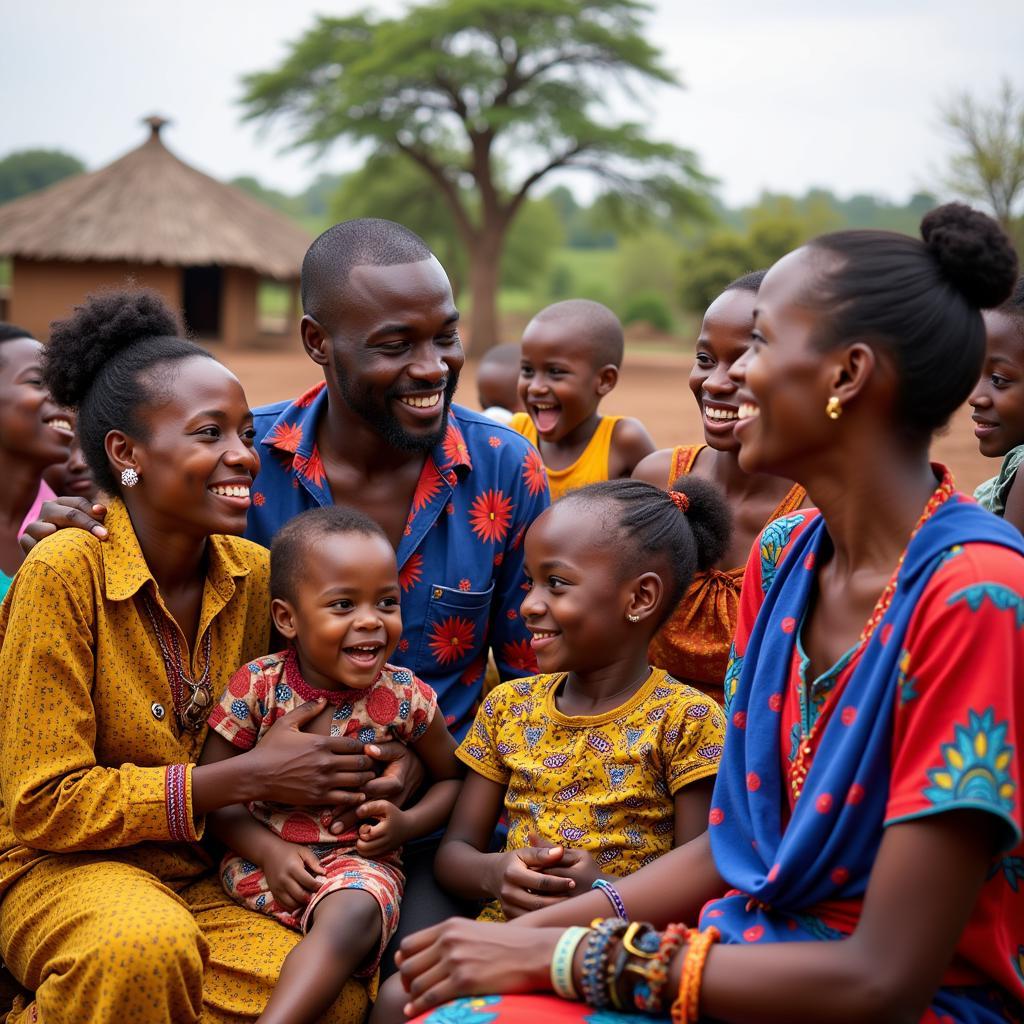African American Life: From the 1920s to Today
African American life in the 1920s and the present day reveals a story of remarkable transformation, marked by both profound struggle and extraordinary achievement. From the Harlem Renaissance to the Black Lives Matter movement, this journey through time unveils the evolving landscape of African American experiences, showcasing the resilience, creativity, and unwavering pursuit of equality that define a people.
The Harlem Renaissance: A Cultural Awakening
The 1920s witnessed a period of unprecedented cultural blossoming known as the Harlem Renaissance. Centered in the Harlem neighborhood of New York City, this era saw an explosion of African American art, music, literature, and intellectual thought.
Key figures like Langston Hughes, Zora Neale Hurston, and Duke Ellington emerged, giving voice to the Black experience in new and powerful ways. The Harlem Renaissance was a declaration of Black identity, challenging racial stereotypes and fostering a sense of pride and community.
The Fight for Civil Rights: A Defining Movement
The decades following the Harlem Renaissance saw African Americans grappling with persistent segregation and discrimination. The Civil Rights Movement of the 1950s and 1960s, spearheaded by iconic leaders like Martin Luther King Jr. and Malcolm X, sought to dismantle Jim Crow laws and achieve equal rights for all citizens.
From the Montgomery bus boycott to the March on Washington, courageous acts of resistance and nonviolent protest helped bring about landmark legislation, such as the Civil Rights Act of 1964 and the Voting Rights Act of 1965.
Evolving Identities: Black Power and Beyond
The late 1960s witnessed the rise of the Black Power movement, advocating for self-determination, Black pride, and economic empowerment. Figures like Stokely Carmichael and Angela Davis challenged the status quo, pushing for more radical change.
This era saw the emergence of Black Studies programs in universities and a renewed focus on African heritage and culture. The Black Power movement’s legacy continues to shape conversations about race, identity, and social justice.
African American Life Today: Progress and Challenges
African American life today reflects a complex tapestry of progress and ongoing challenges. The election of Barack Obama as the first African American president in 2008 marked a historic milestone.
However, systemic racism persists, evident in disparities in wealth, healthcare, education, and the justice system. The Black Lives Matter movement, ignited by the killings of Trayvon Martin, Michael Brown, and countless other unarmed Black individuals, has brought renewed urgency to the fight for racial equality and justice.
A Legacy of Resilience and Hope
The journey of African American life from the 1920s to the present day is one of remarkable resilience, cultural richness, and an unyielding pursuit of equality. From the artistic ferment of the Harlem Renaissance to the triumphs and ongoing struggles of the Civil Rights Movement and beyond, African Americans have made indelible contributions to American society and continue to shape the nation’s cultural, social, and political landscape.


